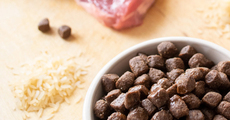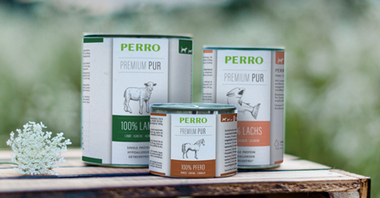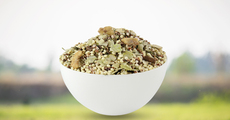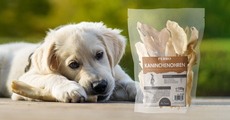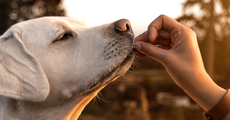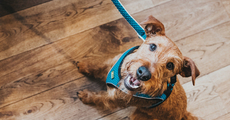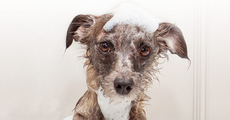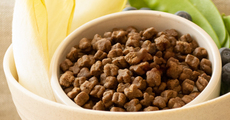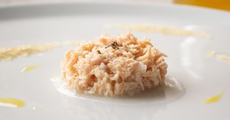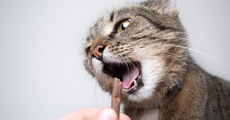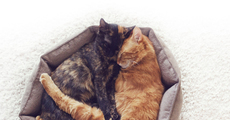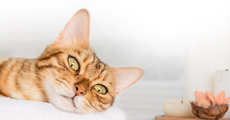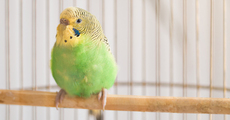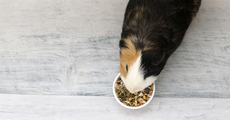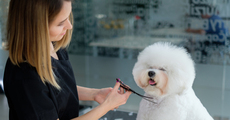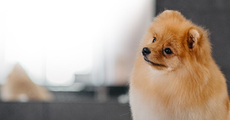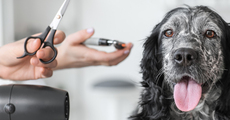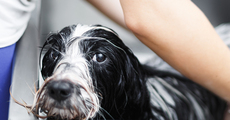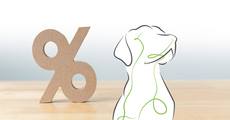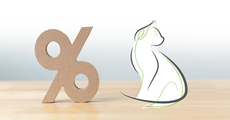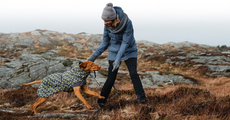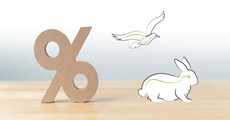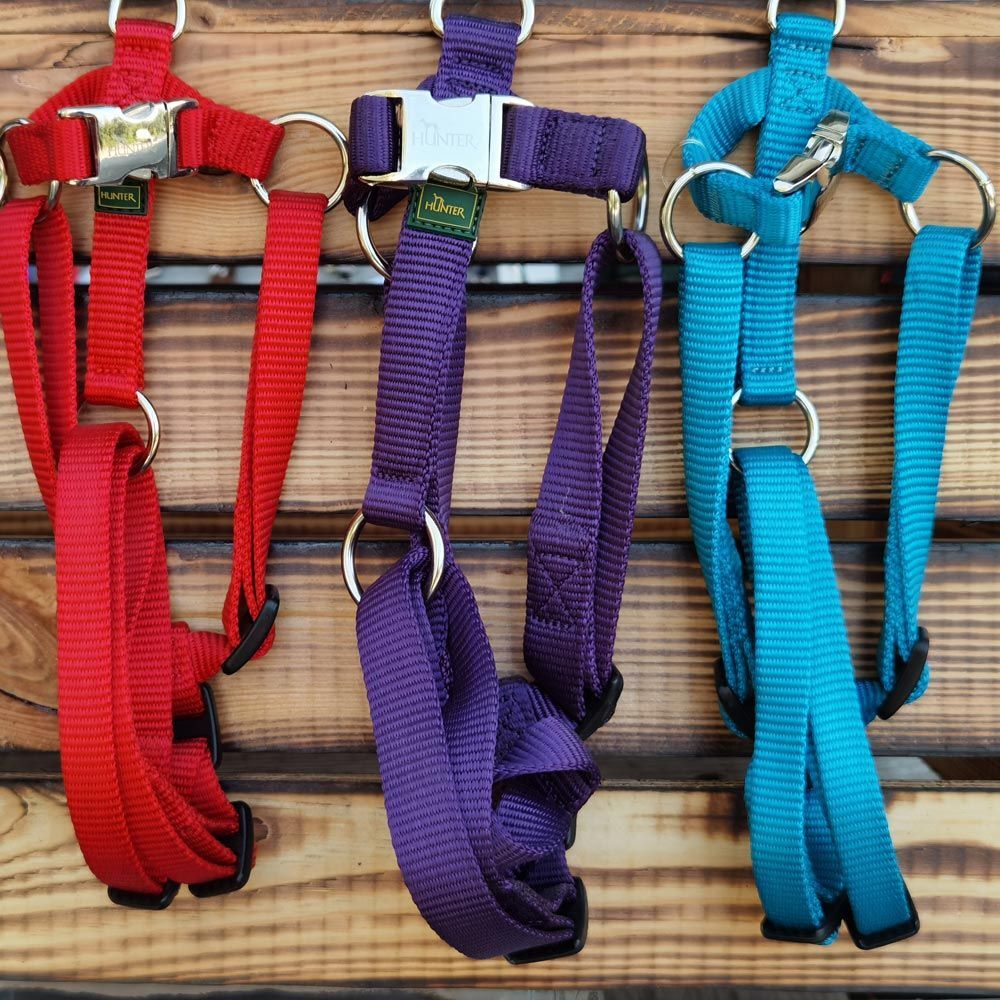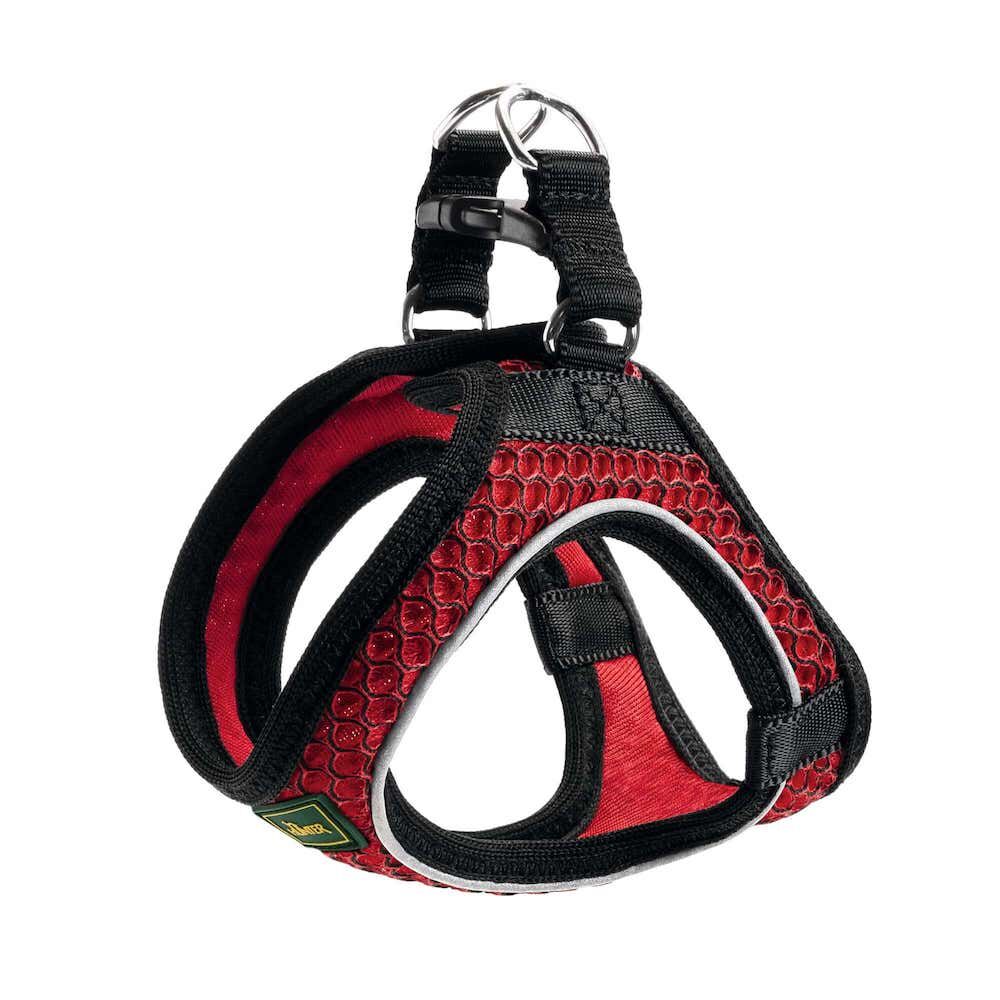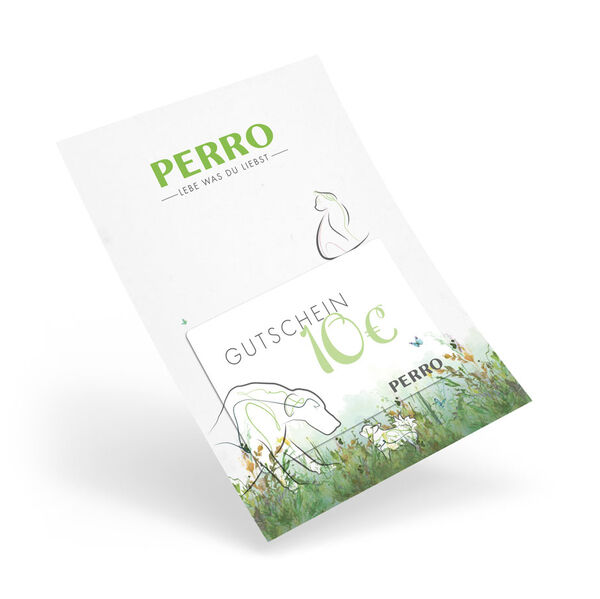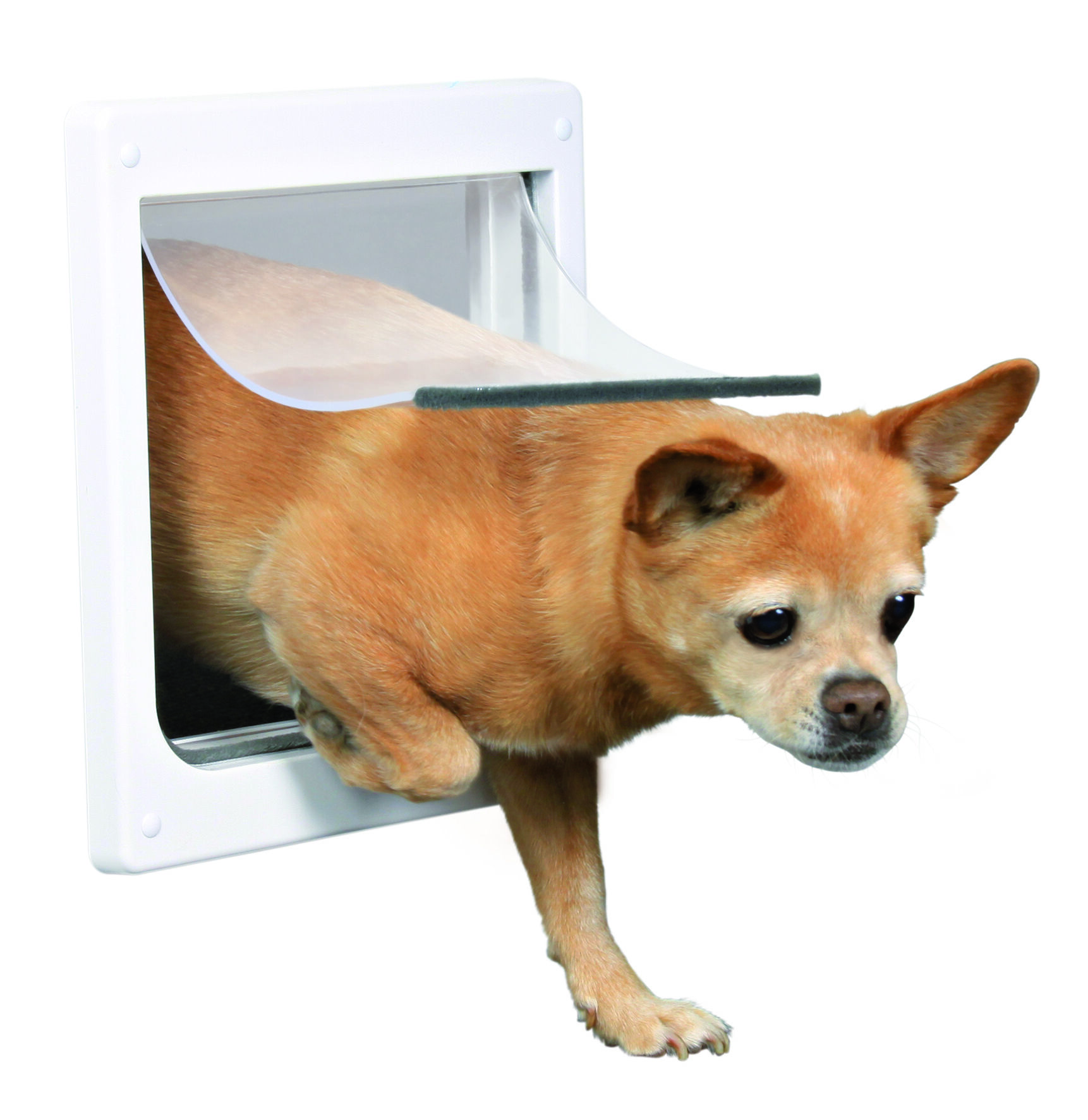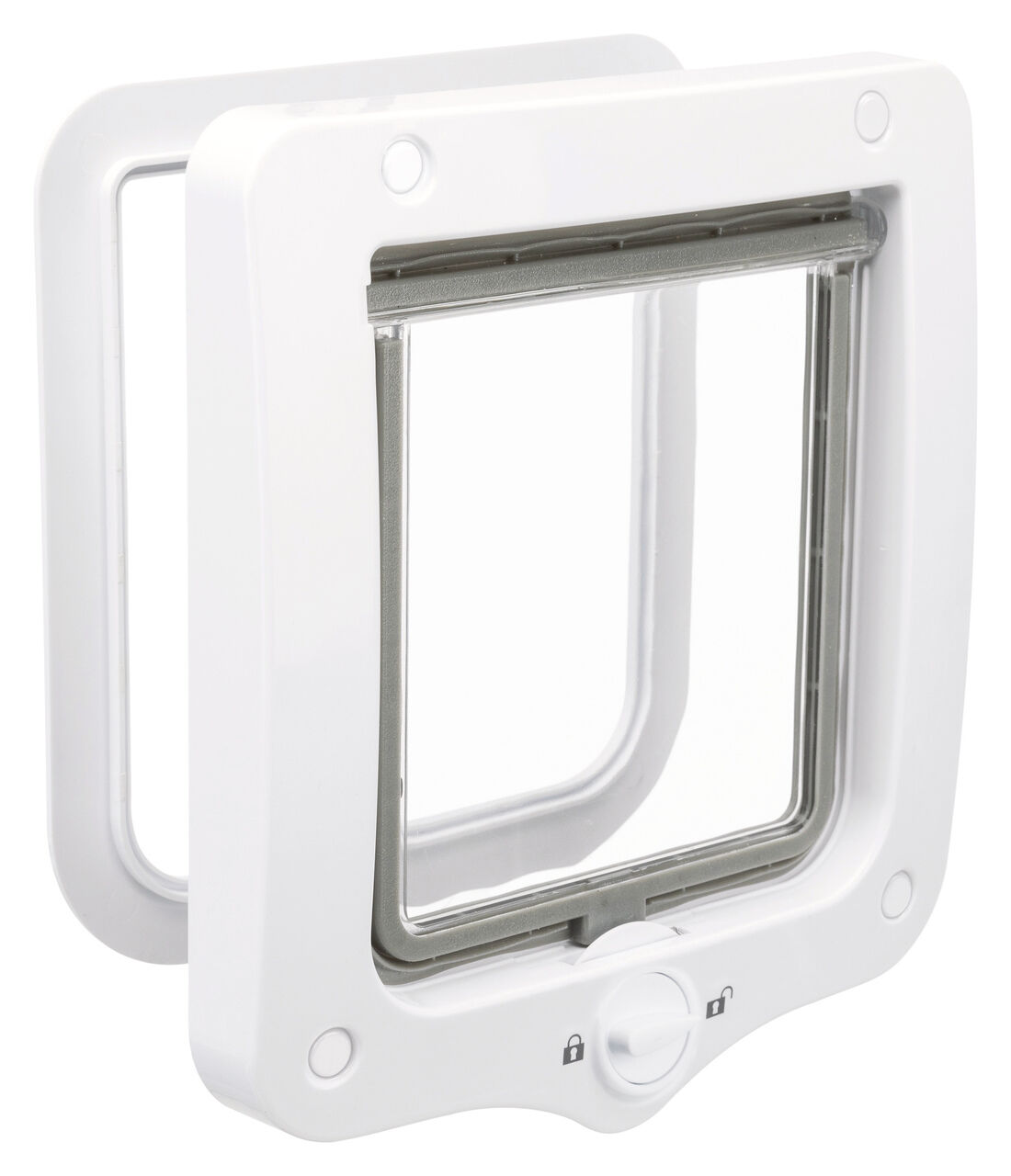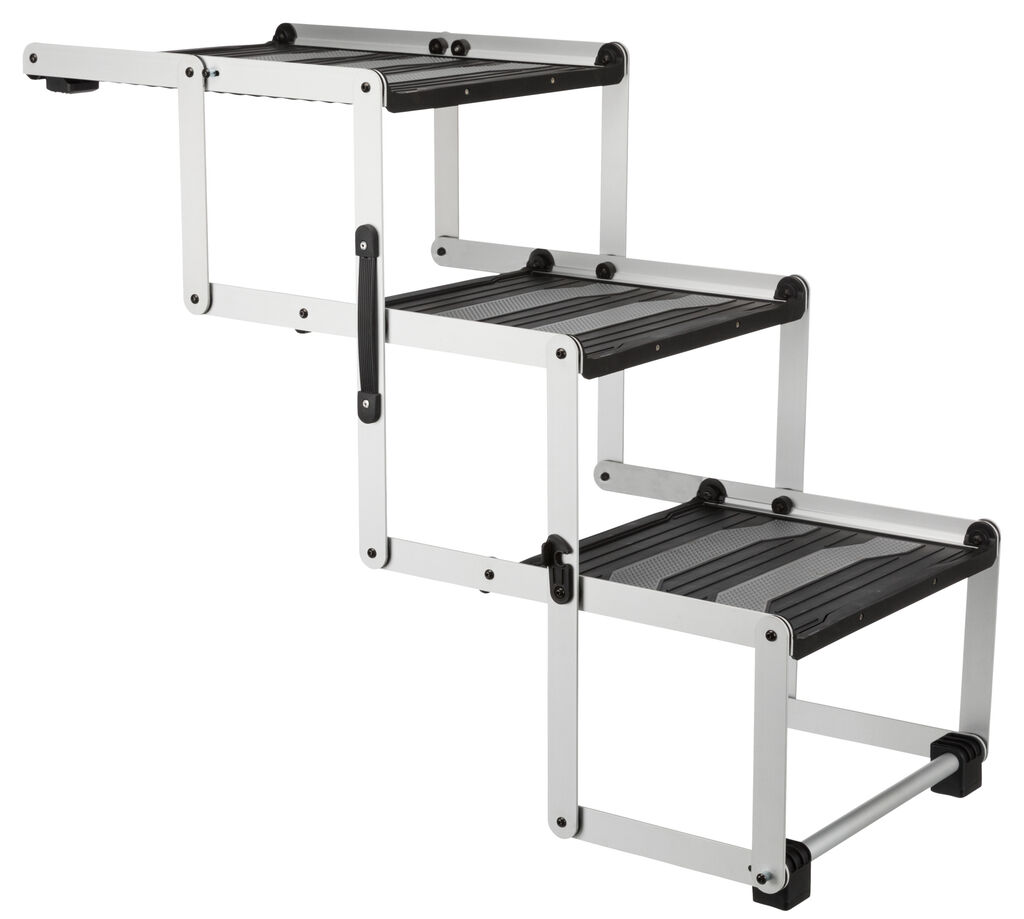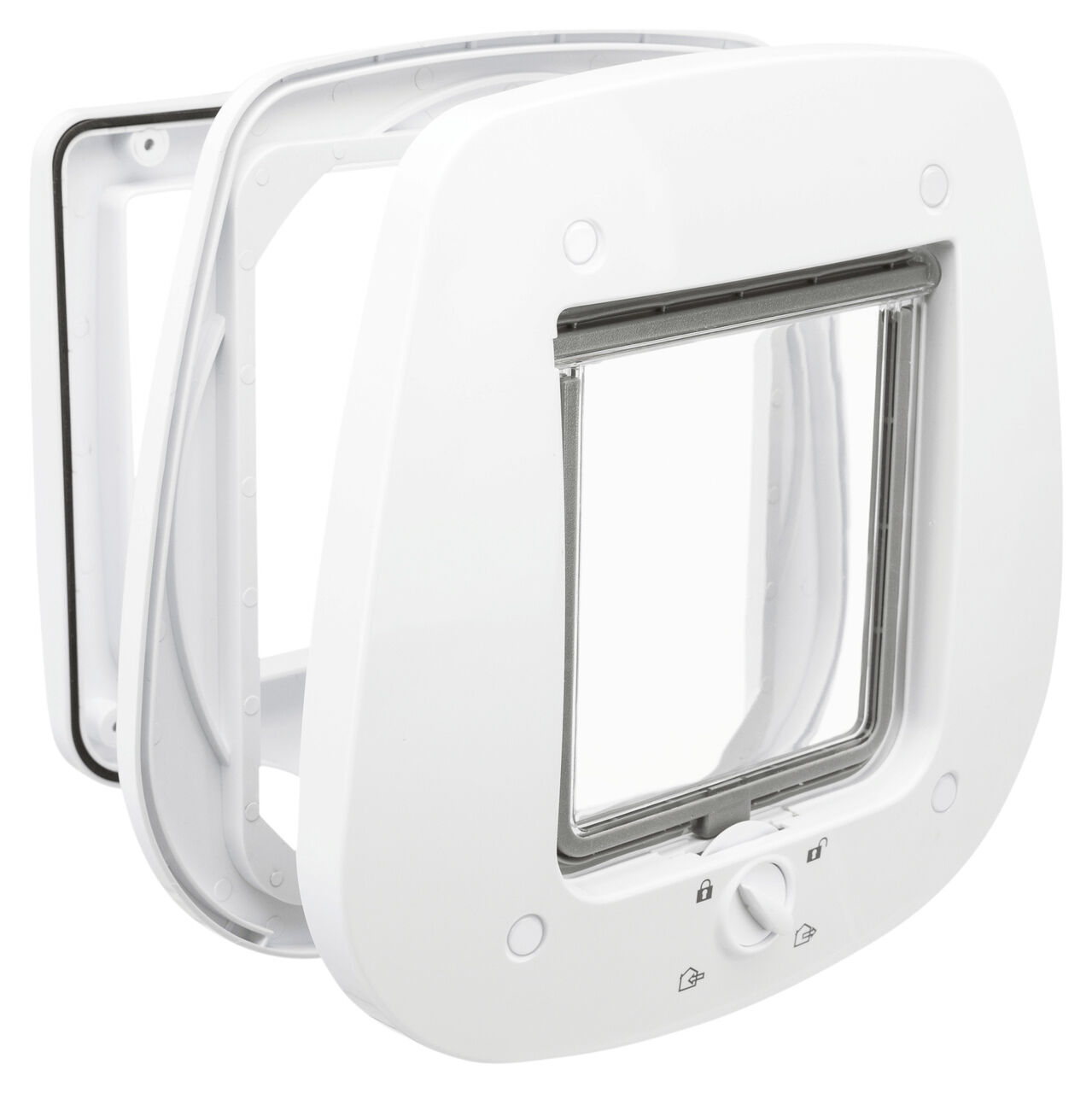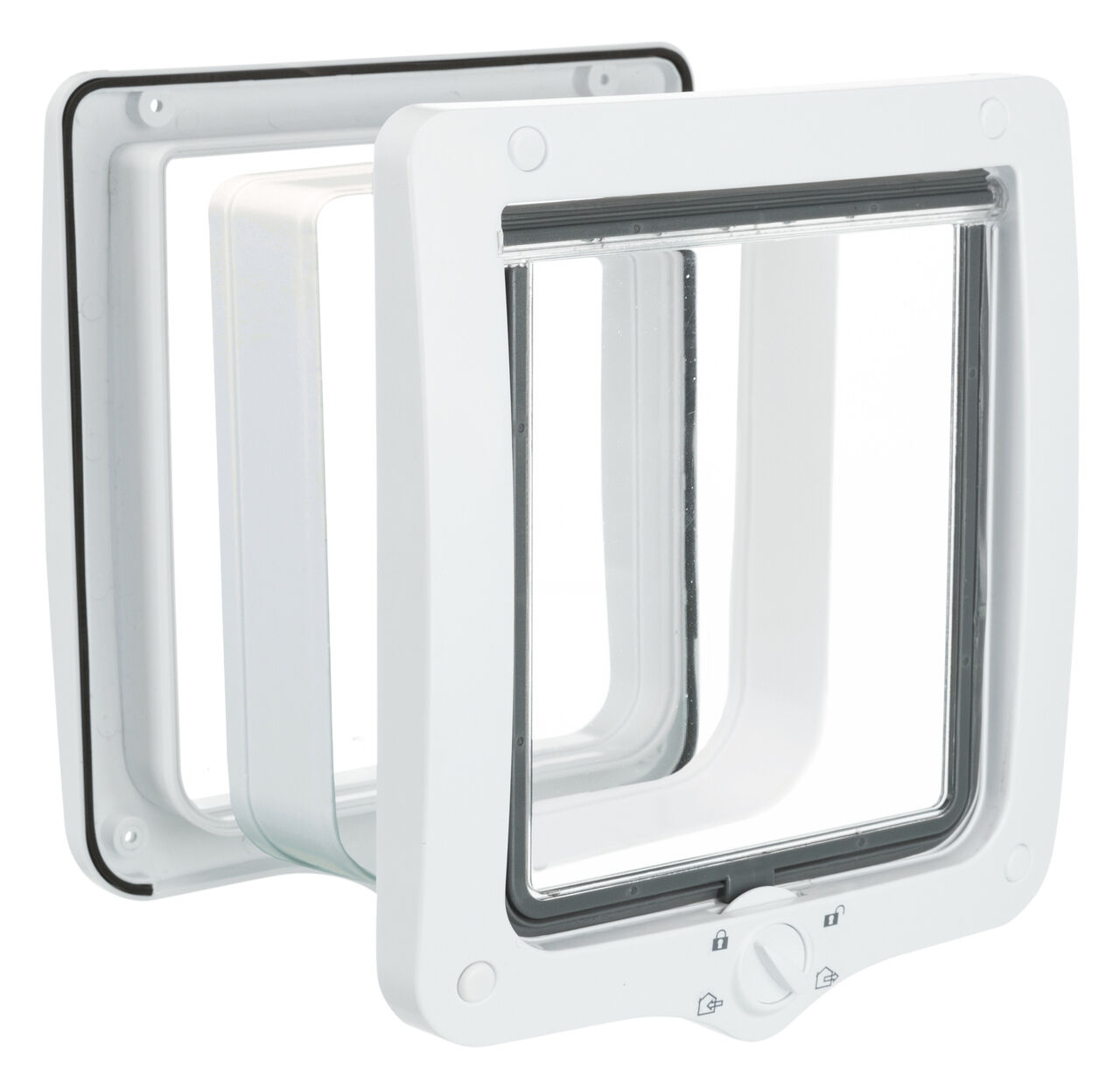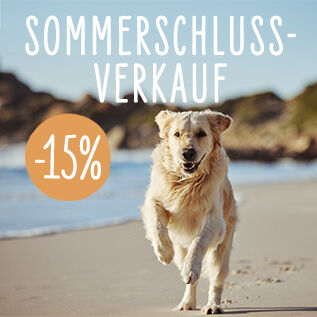Dental care for cats: Prevent tartar, gingivitis Co
Dental health is also an important topic for cats. After all, healthy teeth make a significant contribution to the well-being of our velvet paws.
How many teeth does a cat have?
The dentition of an adult cat has 30 teeth: 16 in the upper jaw and 14 in the lower jaw. More precisely there are:
- 12 incisors
- 4 canine teeth
- 10 molars
- 4 posterior molars
The 4 back molars appear only with the change of teeth between the third and sixth month of life. Therefore kittens have only 26 milk teeth.
Why dental care for cats?
Cats can also develop problems with their teeth over the years. Typical dental conditions include plaque, tartar, gingivitis and a form of feline caries (FORL). This still little researched, mysterious autoimmune disease literally dissolves the teeth of cats.
Holistic health begins in the mouth
However, inflammation in the mouth is not only dangerous for the teeth. Bacteria from inflammation sites travel through the bloodstream to the entire body and can randomly cause inflammation anywhere and lead to problems.
Recognising dental problems in cats
Regular dental check-ups should be a matter of course for cat owners. Because only those who check again and again can quickly recognise changes and take action. Some indications speak for dental health problems:
- Bad breath
- Reddened gums
- Hard plaque, especially on the molars
- Brownish discolouration of the teeth
- Poor or no intake of (dry) food
- Drooling and increased salivation
- Bloody saliva
If one or more of these signs are present, it is strongly recommended to consult a veterinarian at .
Interesting facts about tartar
A few interesting facts about tartar in cats:
| What? | Effect |
| Milk | Cats that drink a lot of milk have an increased risk of tartar formation. |
| Mice |
Cats that eat mice are less likely to suffer from tartar build-up. The reason for this is
the mechanical cleaning of the teeth when chewing the small prey. |
| Genetics |
Genetics also plays a role in tartar that should not be underestimated. Narrow- or
short-headed breeds with narrow tooth spacing tend to have more problems with tartar. Food debris is more likely to stick to teeth that are misaligned or closely spaced , which then encourages the formation of tartar . |
Recognising tartar in the cat
What does tartar look like and how can it be recognised?
Tartar is hard, yellowish to brown deposits on the cat's teeth, which usually extend to the gums and cause inflammation there. In fact, tartar affects many cats, mostly from the age of about 3 years. This is also due to the fact that they drink relatively little and that theirsaliva isvery rich in minerals.
How does tartar develop?
Tartar is caused by food residues that get stuck on the cat's teeth and in the spaces between the teeth. This causes plaque to form, which hardens over time due to minerals in the saliva and thus forms the dreaded tartar. This in turn triggers gum inflammation andgum recession , which in the worst case can lead to tooth loss .
WHAT TO DO ABOUT TARTAR?
Rem
Tartar must be removed at all costs. Once the deposits have formed, the only way to help is to go to the vet.
Anesthesia
The removal of tartar is usually done under anesthesia. This is safe for all involved and painless for the cat.
Ultrasound
The teeth are cleaned with ultrasound and existing gum pockets, in which food remains can always get caught, are removed.
Preventing dental problems in cats
There are now a number of things a cat owner can do to keep their cat's teeth and gums healthy.
- Dry food: One way to do this is to give dry food. By chewing the hard kibble, the teeth are cleaned mechanically. However, this requires that the cat really chews the kibble. Some felines do not chew the dry food much or at all and simply swallow it. For these cats, the desired effect does not occur and they need other support.
- Anti-plaque products: A simple but effective method of preventing plaque is to use special products, usually in powder form, such as PERRO Plaque Control, which is simply added to the food and can reduce the formation of plaque and tartar.
- Solutions added to drinking water also have a similar effect, for example bogadent Dental Water Additive.
- Dental care chips: They have a similar effect to chewing bones for dogs and, thanks to their consistency, provide longer lasting chewing pleasure and thus clean the teeth. Due to the delicious taste and the reward character, cats like to accept the snacks, such as the bogadent PLAQUE-STOP CHIPS.
- Toothbrushes and anti-plaque fingers: The most effective method, just like for us humans, is brushing the teeth every day . However, this needs to be practised and some cats simply don't like it. However, if you make it already palatable to your little kitten, you can start the daily dental routine with the practical set consisting of toothpaste and anti-plaque fingers, for example.



